I am thankful for the opportunity to share what I think is one of the most important topics to society at large, to the world at large: good, clear, effective communication among us all.
I am fortunate to teach at a fairly basic level as well as coach corporate executives and business professionals who speak as an important part of their jobs. The college-level students, to be sure, learn it as a necessity to get through the college curriculum (if they see no other value). As educated adults we forget we learned it all along and, as we get into our special interest areas, we may discover how important it is to work and life. That’s why I consider it basic. The students are just getting started; the executives (one-on-one) have realized their performance or approach needs constant tweaking for them to be consistently successful at public speaking, which in turns enables them to be successful in business. Still the same basic tenants apply. For me, one job pays considerably better, but perhaps more satisfaction in helping those realize the importance of good communication who don’t see it yet, and need it more.
This may seem a little off topic in the training world but it has to do with training or teaching public speaking and presenting, and more. So, judge for yourself.

I teach two classes of public speaking as a visiting professor–one class made up of mostly black students who live or work in urban in Philadelphia, and the other a suburban community outside the city comprised of mostly white blue-collar workers working mostly on technical degrees.
For these classes, the entire idea of communication is irrelevant or relatively insignificant; and to some, because they are so smart in other areas, they believe it is something akin to basket weaving–a no-brainer course. It is my intent to prove them wrong. It is also a subject where just getting them to verbalize what they personally have to say is difficult. Both groups take the idea of adding “yourself” to a speech, essential in good speech-making, all too personal.
Although I am a professional communicator and speaker, I do not teach my class as a performance class. Since I am also a professional actor and speech coach, it is also ironic, however, here my roles and goals are different. I am a teacher and a coach. My goals are success training and communication–oftentimes working hand-in-hand.
The first part of the term is devoted to developing ideas and supporting them–writing clear objectives and organization to those objectives, and hopefully give impact to ideas and purpose. I consider the first half of the class a chance for them to practice. We do an introductory speech, a personal speech (to put them in the speech-this I may change to an exercise later that puts them in any subject they talk about) and a scripted speech to understand the difference between doing a speech that someone else writes and they write (they learn empathy). If students have to make-up a class, it involves writing, organizing and presenting to the class.
The focus on the class is just as much on organizing and maximizing impact on the audience as it is in practicing, or even better–gaining experience speaking. Practice is what you do in front of a mirror; experience is what you do in front of an audience.

Second half of the class, my students are practiced and experienced, more comfortable speakers and have been instructed in the dos and don’ts of speaking as well as how to organize. Now they are ready for me to grade their informative speech, persuasive speech, and reflective or ceremonial speech; they are aware of how this works. I believe I am teaching them to communicate effectively rather than perform, but I am also teaching them to deal with their fear of speaking, among other things, and in the end they are all better speakers.
In the beginning, I have students who are smooth in front of an audience but can’t organize worth a darn and students so shy they can barely look at me. In the end, both groups hold their heads high, having accomplished what many thought was impossible–making a presentation and making a difference. It’s a great feeling for me, too.
My course is a variation of making a “mission impossible” for some, “an affair to remember.” We talk about knowing your audience, knowing your subject and knowing yourself. But in the end, it’s not just about public speaking; it never really was.
It’s about communicating–reaching out and touching someone else with ideas, facts and images to affect them personally and learning from your audience, from people, and interacting. It’s about making a difference. It’s about life and getting along, getting ahead. It’s about knowing others and yourself, and about being you.

It’s about fitting in everywhere, which is what humans do. In this vast world, man and woman has managed to live and survive, and often thrive despite the extreme climatic differences and geographic differences.
Effective communication with others has helped make that possible by the transfer of knowledge and fitting in where others lived before. (Granted the situations weren’t always ideal or morally correct. Hopefully, we’re better now.)
In the world closer to home, we still have to fit in with other people who may be very different from us in some ways but not so different in others.
We need to fit in the global economy, which means we need to understand cultural differences. That means analyzing our audience almost without thinking. We need to fit in a workplace that has people there who come from a very different place, but if we can communicate… If we can do that, we can consider ourselves proudly–not just survivors, but thrivers.
—
For more resources about training, see the Training library.
Other thoughts from the Cave Man of training and development are available on my website and in my book, The Cave Man Guide to Training and Development. I look forward to your comments. Just a reminder, if you are looking for an unusual, down-to-earth and creative approach to training, I’m your Cave Man. I also coach executives in the fine art of charismatic public speaking to bring out the best in you and give your presentation or speech the most impact you can deliver. You’ll find details on my website. Meanwhile, happy training.

